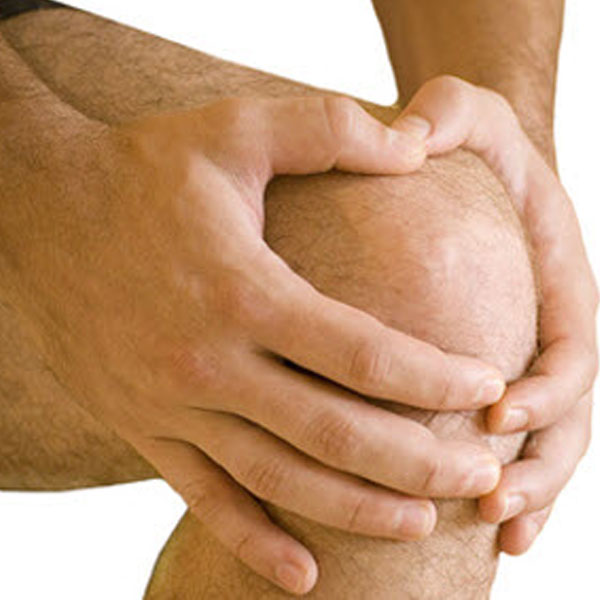Degenerative changes in joints and spine
Rheumatic diseases
Degenerative disease of the hip and knee

Degenerative diseases of joints or osteoarthrosis (OA) are most common form of joint diseases, and the knee is most frequently affected joint, with more than four million new patients who refer to their physicians due to knee pain per year.
According to estimates, 10% of population older than 55 have disabling symptoms in the knee, while about 25% of those have considerable problems. As per WHO report on the global severity of the illness, OA of the knee is one of the significant global causes of work disability in the society: it is the fourth in women and eighth in men as per significance.
Osteoarthrosis occurs on every continent and affect people of all races and skin colors. Primary manifestations include loss of joint cartilage, remodeling of the subchondral bone and creation of osteophytes – i.e. joint ossification. OA evolution is slow but progressive. It occurs from the second life decade and in elderly people it results in high percentage of invalidity and disability for work. Its course is chronical and progredient, and the onset is insidious, unnoticeable and rather slow. Worsening phases occur under influence of mechanical factors. In total, OA is characterized with a benign course and prognosis, but leaves considerable invalidity which social and economic price is high.
Occurrence of OA in all joints highly correlates with age. Before 50 years of age, the frequency is higher in men, and after 50 in women, which matches with lack of estrogen during menopause. The frequency equals around 80 years of age.
At the moment, there is no known treatment for curing osteoarthrosis. Various medicines and supplements are recommended in order to reduce pain, keep and improve joint movability and limit function loss. Balneotherapy has been recently included in corresponding non-surgical management for knee OA. (OARSI guidelines for the non-surgical management of knee Osteoarthritis).
Sulphuric water and peloid (salutary mud) is considered as “gold standard“ in the balneotherapy world for treating degenerative diseases of joints. They have specific effects in rheumatoid patients who have a specific deficiency of sulphur in joints and cartilage.
Banja Koviljaca physicians' experience of several centuries, as well as of their colleagues worldwide, confirmed that this form of OA management is the most efficient, and the most important fact is that there are no adverse effects if administered in correct doses.
It is particularly important to note that Banja Koviljaca sulphuric water and peloid have scientifically proved antioxidant effect, and salutary of our natural factor was confirmed with analysis done by Prof.Dr. Zeki Karagulle, well-known balneo-climatologist.
Therefore, Specialized Hospital for Rehabilitation is a right choice for you if you have degenerative joint disease.
